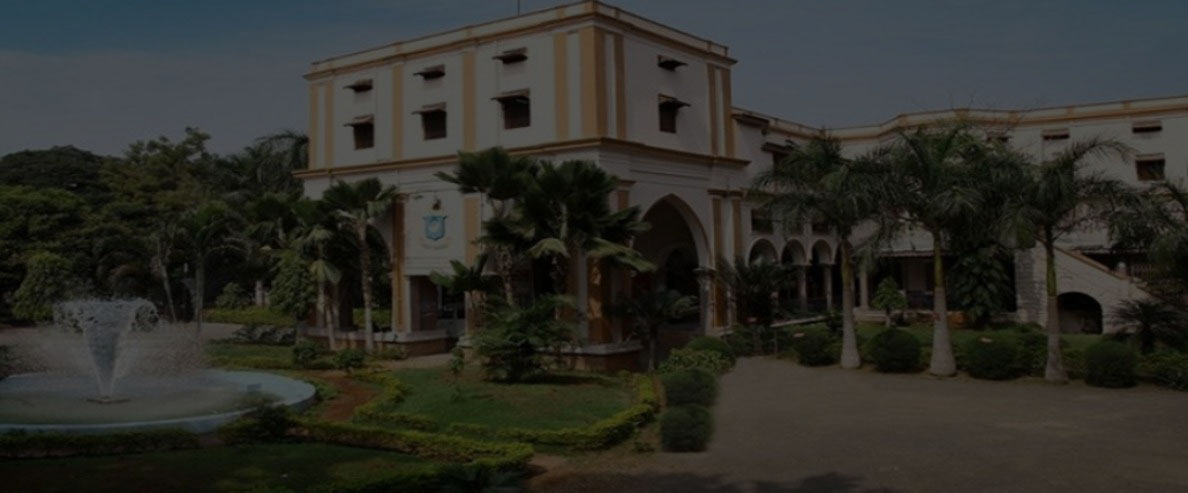Osmania University is named after its founder, Nawab Osman Ali Khan, the seventh Nizam of Hyderabad who rather through a farman or Royal Charter, brought the University into existence in 1917. It is the seventh oldest in the Country and third oldest in South India. Though the need for the University for the Hyderabad State was felt, both by the intelligentia and the people for a long time, the initiative came from a civil servant, Sir Akbar Hydari, who was then the Home Secretary to the State Government. Sir Hydari, in a memorandum to the Education Minister in Early 1917, emphasized the need to establish a University of Hyderabad with ‘Urdu’ as the medium of instruction “as it is the language of the widest currency in India, official language of the State, and it is a language which is understood by a vast majority of the population of the State.” He believed that higher education must have its foundations deep in national consciousness.
The propitious moment, however, came a few months later on 26th April, 1917 when a Firman was issued for the establishment of the University. The Firman also detailed the ‘Mission’ and ‘Objectives’ of the University to be that:

the ancient and modern, the oriental and occidental arts and sciences are synthesized in such a manner that the defects of the present system of education are rectified
the ancient as well as modern methods of physical, intellectual and spiritual education are to be fully utilized along with an effort for the propagation of knowledge, the moral improvement of the students is regulated on the one hand, and research work of a high order in all branches of knowledge is conducted on the other.
Though the medium of instruction of the University was ‘Urdu’, an Aryan language, that has direct kinship with other languages of the country, instruction of English, as a language, was made compulsory for each student.
One of the basic ideals of Osmania University is to achieve an intellectual synthesis of oriental and occidental learning of the best that has been thought of and said, both in the East and in the West. Further it aims at a cultural synthesis (as reflected in its architectural variety), the development of a national ethos, and the creation of an academic and social environment in which ‘National Integration’ is not a nebulous idea but a tangible reality.1

